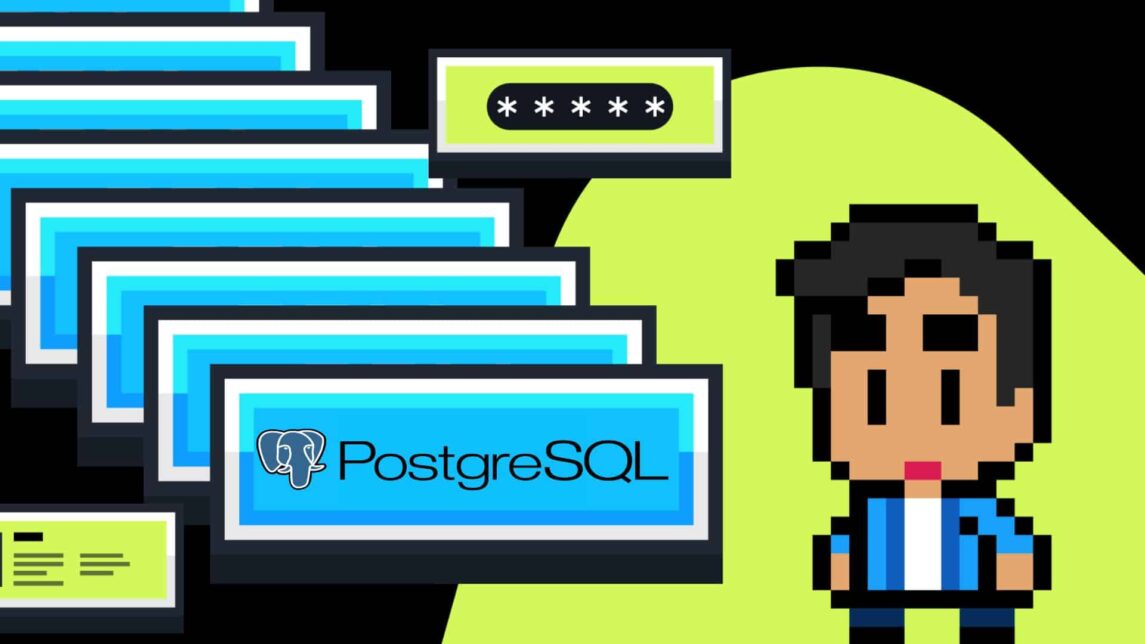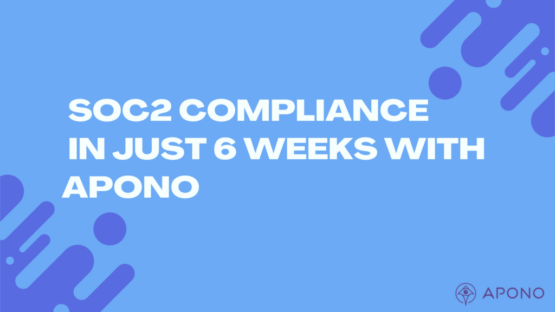How to Create Roles in PostgreSQL

Rom Carmel
January 15, 2024

Table of Contents
PostgreSQL is a powerful and feature-rich open-source relational database management system. One of its key features is the role-based access control (RBAC) system, which allows you to define and manage user access and permissions within your database. RBAC provides a flexible approach to access control, ensuring that only authorized individuals can perform specific actions.
Roles in PostgreSQL can be categorized into three main types: superusers, regular users, and groups. Superusers have unrestricted access to all database objects and can perform any action within the database. Regular users, on the other hand, have limited privileges and can only perform actions allowed by the superuser. Groups are collections of roles that can be managed collectively, making it easier to assign and revoke privileges for multiple users at once.
Creating New Roles in PostgreSQL
To create a new role in PostgreSQL, you can use the CREATE ROLE statement. This statement allows you to specify the name of the role, along with any additional parameters such as login, password, and role attributes. For example, to create a new role named “sales_user” with the ability to log in and interact with the database, you can use the following command: sql CREATE ROLE sales_user LOGIN PASSWORD ‘password’;
By default, newly created roles do not have any privileges assigned to them. However, you can grant specific privileges to a role using the GRANT statement, which we will explore in more detail later.
Assigning Privileges to a Role in PostgreSQL
Once you have created a role in PostgreSQL, you can assign privileges to it to control what actions it can perform within the database. Privileges can be granted at the database, schema, table, or even column level, providing a fine-grained control over access.
To grant privileges to a role, you can use the GRANT statement followed by the desired privileges and the target object. For example, to grant the SELECT privilege on a table named “customers” to the role “sales_user,” you can use the following command:
sql GRANT SELECT ON customers TO sales_user;
Similarly, you can grant other privileges such as INSERT, UPDATE, DELETE, and EXECUTE, depending on the requirements of your application. By assigning the appropriate privileges to a role, you can ensure that users have the necessary permissions to perform their tasks while maintaining data security.
Modifying and Deleting Roles in PostgreSQL
In PostgreSQL, you can modify the attributes of an existing role using the ALTER ROLE statement. This statement allows you to change various parameters associated with a role, such as the password, login status, and role attributes. For example, to change the password for the role “sales_user,” you can use the following command:
sql ALTER ROLE sales_user PASSWORD ‘new_password’;
To delete a role in PostgreSQL, you can use the DROP ROLE statement followed by the name of the role. This command will permanently remove the role and any associated privileges from the database. However, be cautious when deleting roles, as it can have significant implications on the accessibility and security of your data.
Granting and Revoking Privileges from Roles in PostgreSQL
In addition to assigning privileges directly to a role, PostgreSQL allows you to grant and revoke privileges from other roles. This feature is particularly useful when you want to assign privileges to multiple users or groups simultaneously.
To grant privileges to a role, you can use the GRANT statement followed by the desired privileges, the target object, and the name of the role. For example, to grant the SELECT privilege on a table named “orders” to the role “sales_group,” you can use the following command:
sql GRANT SELECT ON orders TO sales_group;
Similarly, you can revoke privileges from a role using the REVOKE statement. This statement follows a similar syntax to the GRANT statement, specifying the privileges, the target object, and the name of the role. For example, to revoke the INSERT privilege on a table named “products” from the role “sales_user,” you can use the following command:
sql REVOKE INSERT ON products FROM sales_user;
By granting and revoking privileges from roles, you can easily manage access control for multiple users or groups, ensuring that the right individuals have the necessary permissions to perform their tasks.
Role Inheritance in PostgreSQL
Role inheritance is a powerful feature in PostgreSQL that allows you to define hierarchical relationships between roles. When a role inherits from another role, it automatically acquires all the privileges granted to the parent role. This inheritance simplifies the management of privileges, especially when dealing with large numbers of roles.
To establish a parent-child relationship between roles, you can use the ALTER ROLE statement with the INHERIT or NOINHERIT option. For example, to make the role “sales_user” inherit privileges from the role “sales_manager,” you can use the following command:
sql ALTER ROLE sales_user INHERIT sales_manager;
By leveraging role inheritance, you can create a well-structured hierarchy of roles, assigning privileges at higher levels and allowing them to cascade down to child roles. This approach not only simplifies the management of privileges but also ensures consistency and reduces the chances of granting unnecessary access.
Role Membership in PostgreSQL
Role membership in PostgreSQL refers to the process of adding and removing roles from other roles. By adding roles to a group, you can collectively manage their privileges and easily assign or revoke access for multiple users.
To add a role to another role, you can use the GRANT statement followed by the MEMBER OF clause. For example, to add the role “sales_user” to the group “sales_group,” you can use the following command:
sql GRANT sales_user TO sales_group;
Similarly, you can remove a role from a group using the REVOKE statement. For example, to remove the role “sales_user” from the group “sales_group,” you can use the following command:
sql REVOKE sales_user FROM sales_group;
By managing role membership, you can streamline the administration of privileges and ensure that access control is applied consistently across multiple users or groups.
Conclusion
In this article, we have explored the process of creating PostgreSQL roles and discussed the various types of roles available, such as superusers, regular users, and groups. We have learned how to assign privileges to roles, modify and delete roles, and grant or revoke privileges from roles. We have also covered role inheritance and role membership, which provide powerful mechanisms for managing privileges across multiple roles.
Understanding how to create PostgreSQL roles is crucial for maintaining a secure and well-organized database environment. By following best practices and implementing a role-based access control system, you can ensure that your data remains protected and accessible to authorized individuals. So, dive into the world of role management in PostgreSQL, and take control of your database’s security and accessibility.
Use Apono
Apono is a powerful tool that simplifies the process of creating roles in PostgreSQL. By providing a user-friendly interface and automation capabilities, Apono streamlines role management, ensuring efficient and secure database administration. It enables database administrators to define roles with precise permissions, minimizing the risk of unauthorized access and potential security breaches. Apono also facilitates the assignment of roles to users, thus enhancing the overall workflow and productivity. This tool is particularly valuable for organizations that require stringent access controls and need to adhere to compliance requirements. By leveraging Apono, businesses can maintain an organized and secure PostgreSQL environment, allowing them to focus on their core operations without the overhead of manual role management tasks.






